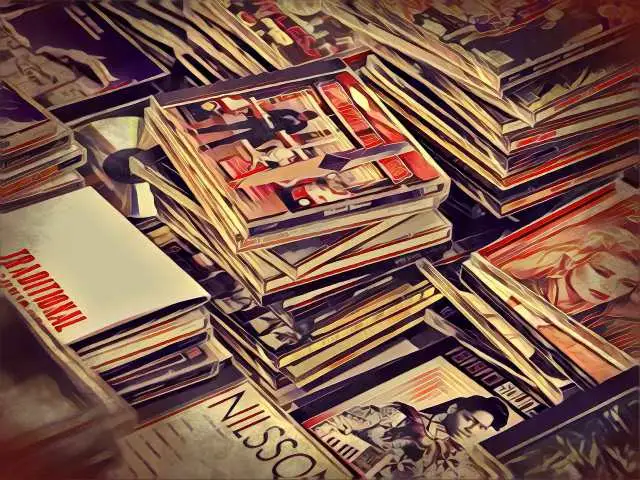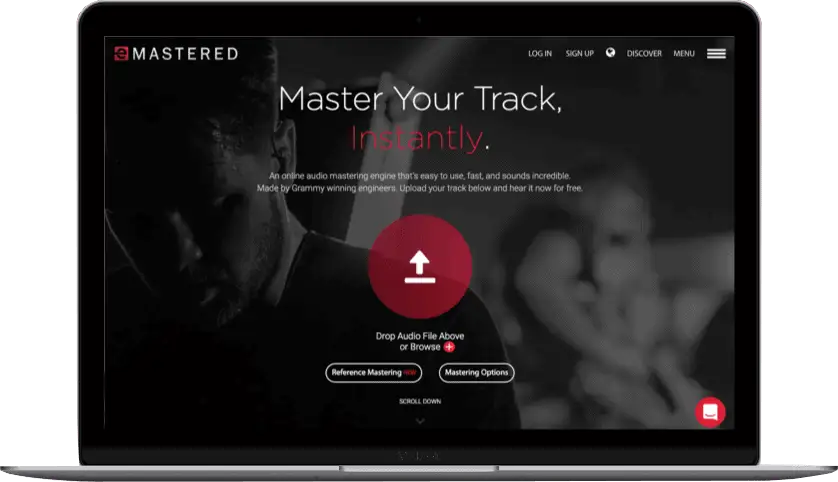It's easy to envision the perks of being an artist: getting to perform your original music to fans and connect with audiences over your creations provides a feeling few other activities can replicate. However, as with any creative process, not every part of it is sunshine and rainbows. Frankly, creating quality art can cost a lot of money.
That doesn't mean that you should give up on recording an album, but it does mean that you should be aware of what goes into producing a full project. In this comprehensive guide, we'll go over the main categories of expenses you might expect from making an album so that you can make an informed decision when it comes to guiding your creative process.
But don't worry - in any situation, if there's a will, there's a way. We'll decode some actionable strategies to bring down the total cost of making an album so that you aren't priced out of the recording process.
TLDR: The Costs of Making an Album Vary Widely
Making an album can run you $0, to a few hundred dollars, to a couple of thousand dollars depending on your pre-existing resources, connections, and artistic vision. Below, we'll go over some of the main expenses that come with making an album in the modern age so that you can have a realistic understanding of the costs involved in making an entire album.
You can probably guess some of the hard costs: equipment, studio time, and distribution sites to put out your music. You'll also need to account for soft costs following your shoot, including things like creating visuals or marketing to music outlets.
How Can I Make an Album for Cheap?
We get it, making an album can be astronomically expensive. Fortunately, we live in an age where studio-quality gear and knowledge is readily available: if you can't afford to hire professionals, put in the time and energy to learn how to do it yourself.
Alternatively, you can barter with a skilled friend and trade favors. You could offer to watch over someone's pet while they're away for example, in exchange for a mix. The key with this method is to ensure that both parties feel they are getting equal value from the exchange.
Keep in mind that most of this guide assumes that you're choosing to self-fund as an artist. If you were signed to a record label, presumably the label would upfront all of the expenses that come with creating an album through an advance.
However, remember that label advances essentially work as a loan. Even if you earn an advance for a million dollars, you're still going to have to pay back that loaned money from the label via your earnings produced through record royalties, ticket sales, and any other avenues of income outlined by your contract.
The Main Expenses With Recording an Album: What You Can Expect
Every album's production process and overall cost are subject to change depending on your particular vision. With that in mind, here are a couple of main expense categories and typical price ranges you might expect from any of these categories:
Recording ($0 - $1000)
The recording process can range from being absolutely free (if you already have the equipment and the skills necessary to do it on your own using guides like this one ) to thousands to put yourself in a professional recording session with a dedicated engineer.
Costs can also vary widely due to the complexity of your vocal parts or propensity for perfectionism: The more takes you do in a professional studio, the more studio time you pay for. You might also hire session musicians to provide backing vocals or ad-libs. Typical equipment needs for conducting your own recording sessions may include a microphone(s), mic stand, studio headphones, an interface, pop filter, and DAW.
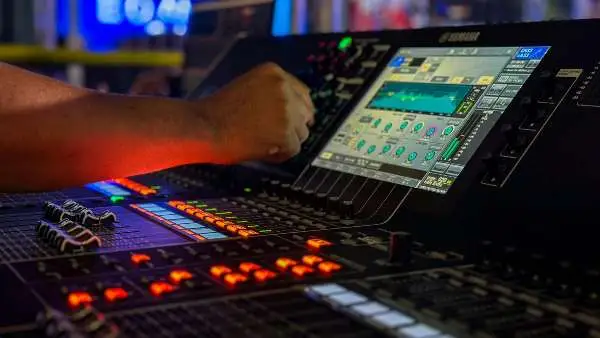
Ahead of tracking your music, you might also have to pay for a rehearsal space to practice your performance with yourself and other group members. Once you're in the studio, time is money. You should be ready to deliver a near-perfect performance before stepping into the studio in order to cut down the overall costs of recording your new album.
It goes without saying that at bare minimum, you need to have all of your songs written and finalized in terms of arrangement before you start engaging in the recording process. You do not want to be rehearsing or rewriting once you're in the studio as costs can add up fast once you're on the clock.
Producing ($300 - $1000+)
Producing your album can be one of the most expensive parts of the process since it is such an abstract workflow. There is no telling how long it will take to get the instrumental and vocal parts of your tracks into tip-top shape, which can be particularly expensive if you're working with a producer at an hourly rate.
The cheapest way to produce your album would be to produce the music yourself - however, even that will run you a couple of hundred dollars factoring in the costs of a digital audio workstation, sample packs, and any other plugin suites that might help you create your tracks.
Some music producers might give you a bulk discount or flat rate for producing a set number of tracks. Just note that it is not uncommon by any means for track production for one song to run you a couple hundred dollars.
Mixing and Mastering ($300 - $1000+)
Similar to the music production process, mixing and mastering engineers will likely charge you either a flat or hourly rate per song, or create a project rate for your entire album. Just so we're clear, the mix engineer is responsible for the balance of the different parts in your song, while the mastering engineer is more or less in charge of putting the final touches on your track (usually compression and EQ) to ensure that your track is release-ready.
Speaking of mastering, make sure to check out our AI mastering engine created by Grammy-winning engineers. You can get your songs mastered using our software at a fraction of the cost.
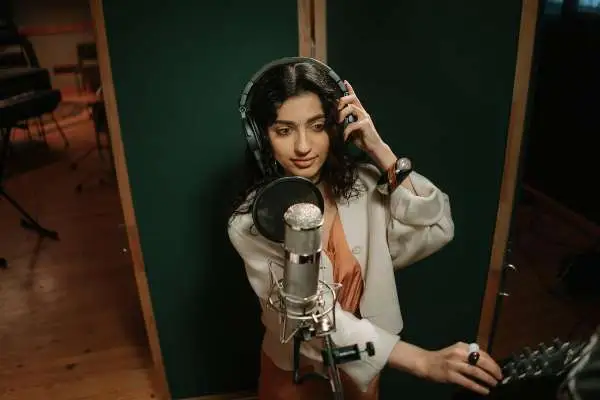
In today's age, it's not uncommon to find that the mix engineer also does mastering - however, traditionally, these are two distinct specialties so don't be surprised if you need to hire two separate people to mix and master your tracks.
Ideally, you use the same engineers over the course of your project to give your album a cohesive feel. Sometimes, mix and mastering engineers will listen to and alter your album in chronological order to help tracks flow evenly from one song to the next.
Come into your mixing and mastering sessions with relevant references and detailed instructions to help you and your engineers work more efficiently. Remember that additional notes and rounds of revisions throughout this stage or production will cost additional money, so be clear, direct, though kind and considerate in your feedback.
Album Artwork ($100 - $500)
Creating an impactful album cover can definitely help peak listener's interest when it comes to checking out your music. Depending on the amount of props you need and vision complexity, and post-production needs, this portion of the process can definitely run you a couple of hundred dollars.
However, it can also be fairly affordable if you have access to a good camera or a friend who wants to stretch their photography skills for their portfolio.
Album Visualizer or Music Video ($300 - $1000+)
Creating music videos can be surprisingly expensive. Just take a look at a real production budget breakdown, as outlined in this blog post here . However, there are ways to make this part of the process less expensive whether that's keeping a lean crew, bartering favors, or opting for a more toned-down version of your artistic vision.
In this day and age, where visuals contribute significantly to your success as an artist, it's highly recommended to spend the time and effort to create a video. Most independent artists understandably cannot afford to shell out thousands for a music video, but with some creativity and a smartphone, you can definitely create interesting visuals on the cheap.
Distribution ($0* - $100+)
Distribution costs have decreased tremendously over the past couple of decades. You can even distribute your music for "free*" via some online channels, though note that most of these distribution sites will require a portion of your artist royalties in exchange, and may remove your music from stores should you discontinue service with them.
We compare and contrast distribution services here for reference. Generally speaking, distributing your music across digital streaming platforms like Spotify and Apple Music is relatively cheap while creating physical formats is much more expensive and typically requires upfront bulk orders of product.
Marketing ($0 - $1000)
While not every musician's favorite part of the creation process to say the least, marketing in some shape or form is definitely essential if you want to be heard as an artist. Whether you spend time creating TikTok videos or hire a publicist to pitch your music to blogs, marketing is going to take up some space in your calendar.
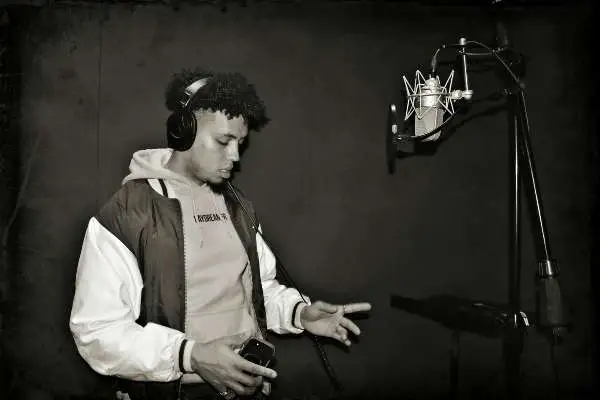
Even if you do hire someone to help you conduct ad campaigns or pitch to media outlets, I highly recommend taking the time to make your own content as an artist. As the main creator, you will need to serve as the face of your brand and connect directly with your community. Keep in mind that the marketing process can reign on far past the release date of your track.
Even if your music isn't new to you, it can be new to potential fans if they come across your song via reels, TikTok, YouTube, or any other promo outlet.
Assessing Your Budget As a Musician
One of the most difficult aspects of being a musician is creating quality art while balancing your budget. Making music that realizes your full artistic vision can be downright expensive.
However, there are ways that you can cut down on costs by adopting relevant skill sets, engaging in some components like the recording process on your own instead of in a professional recording studio, or spreading out your spending over time.
It may take longer than you initially anticipated to create the art you're looking for, but you should avoid going into debt to cover artistic expenses. Living expenses and reasonable savings should come first to keep you sustainable as an artist.


